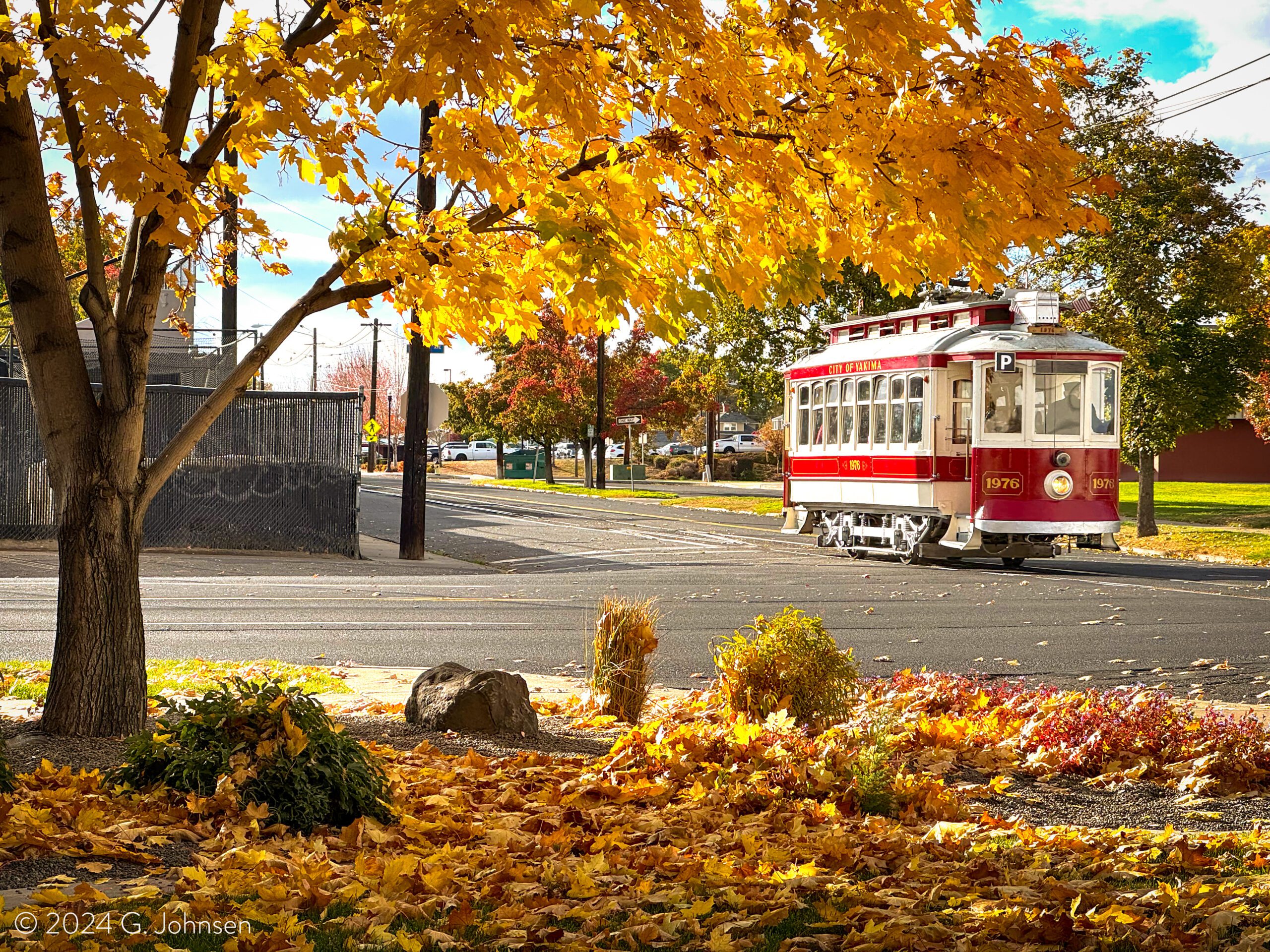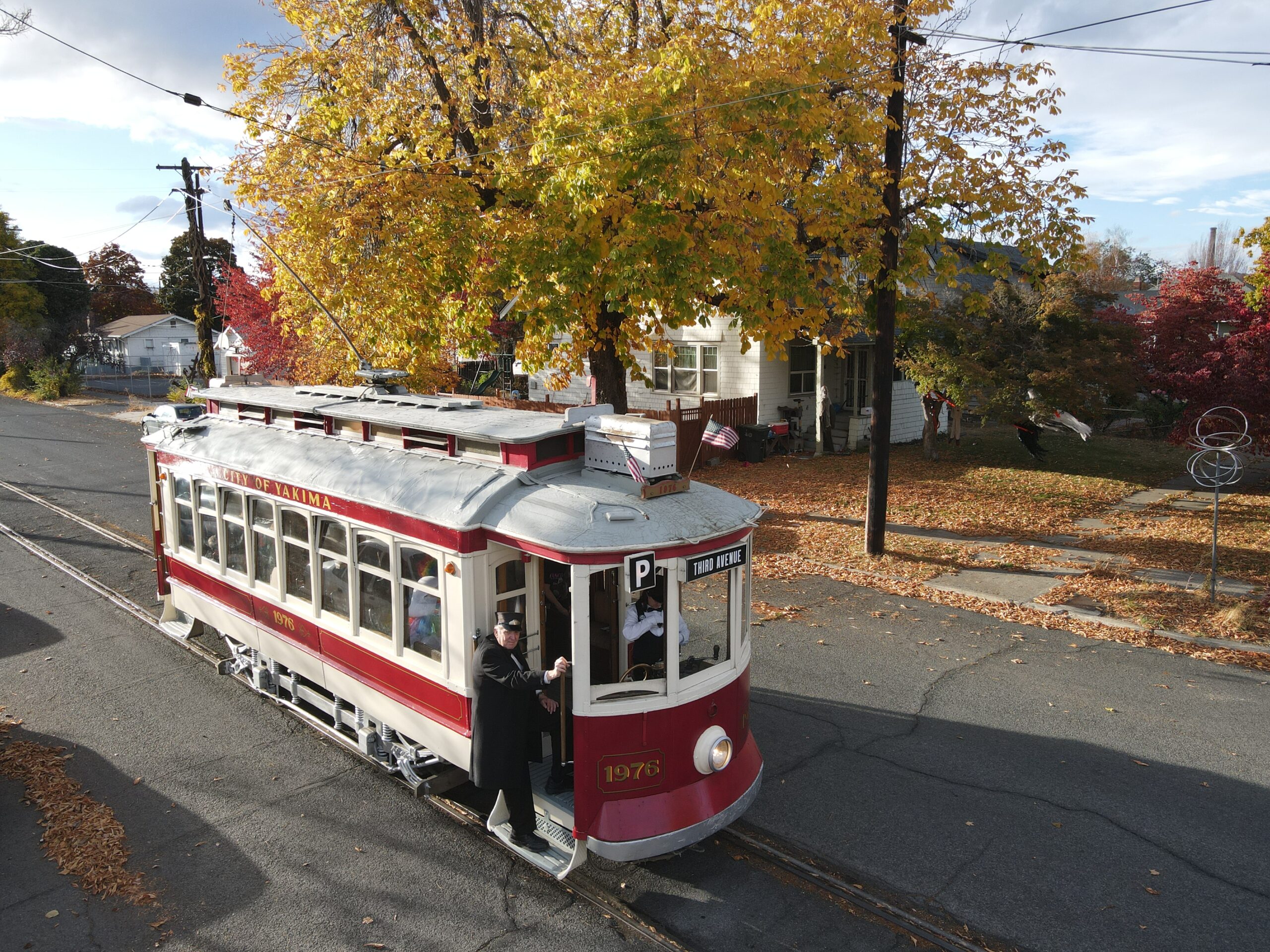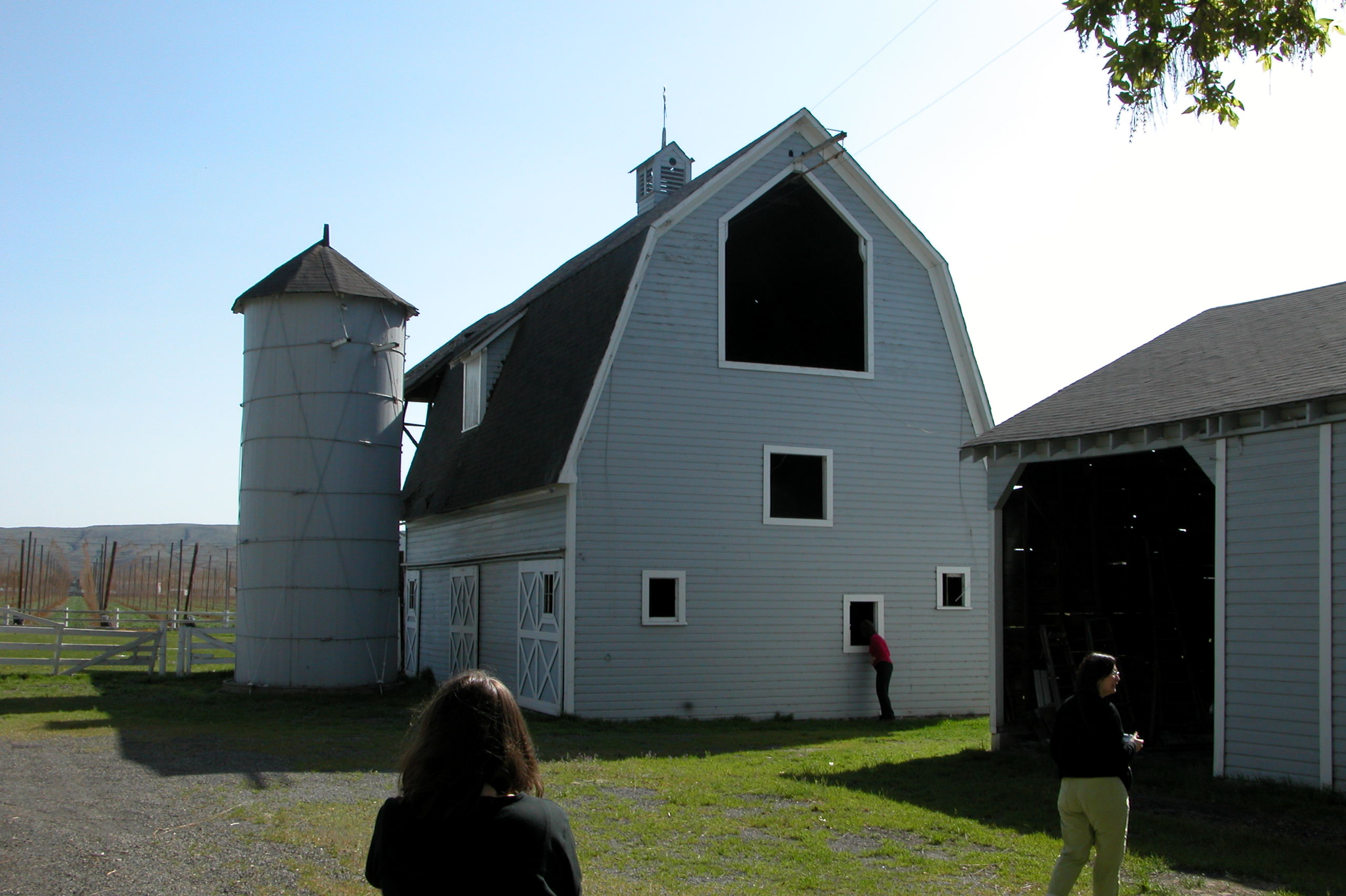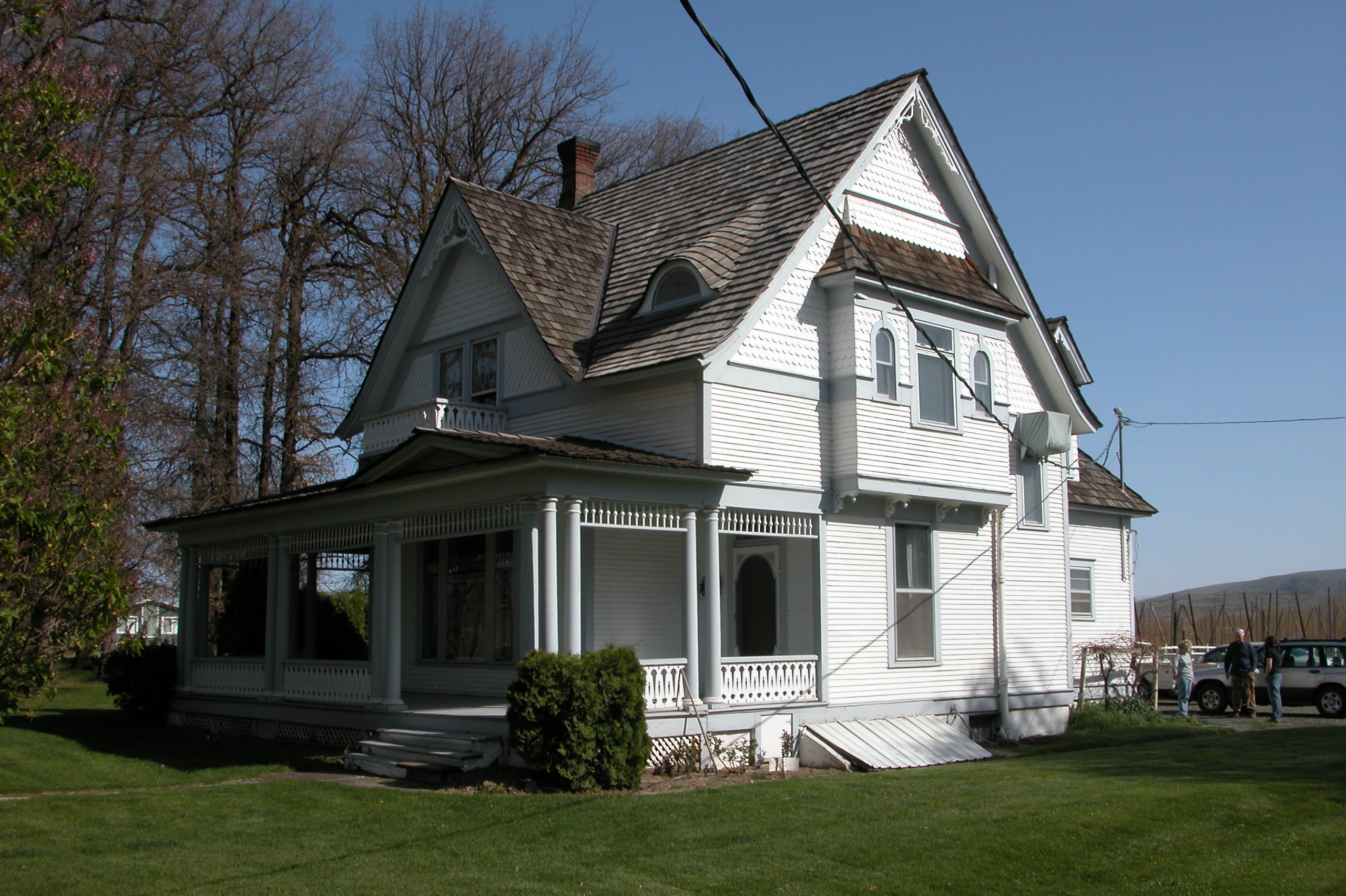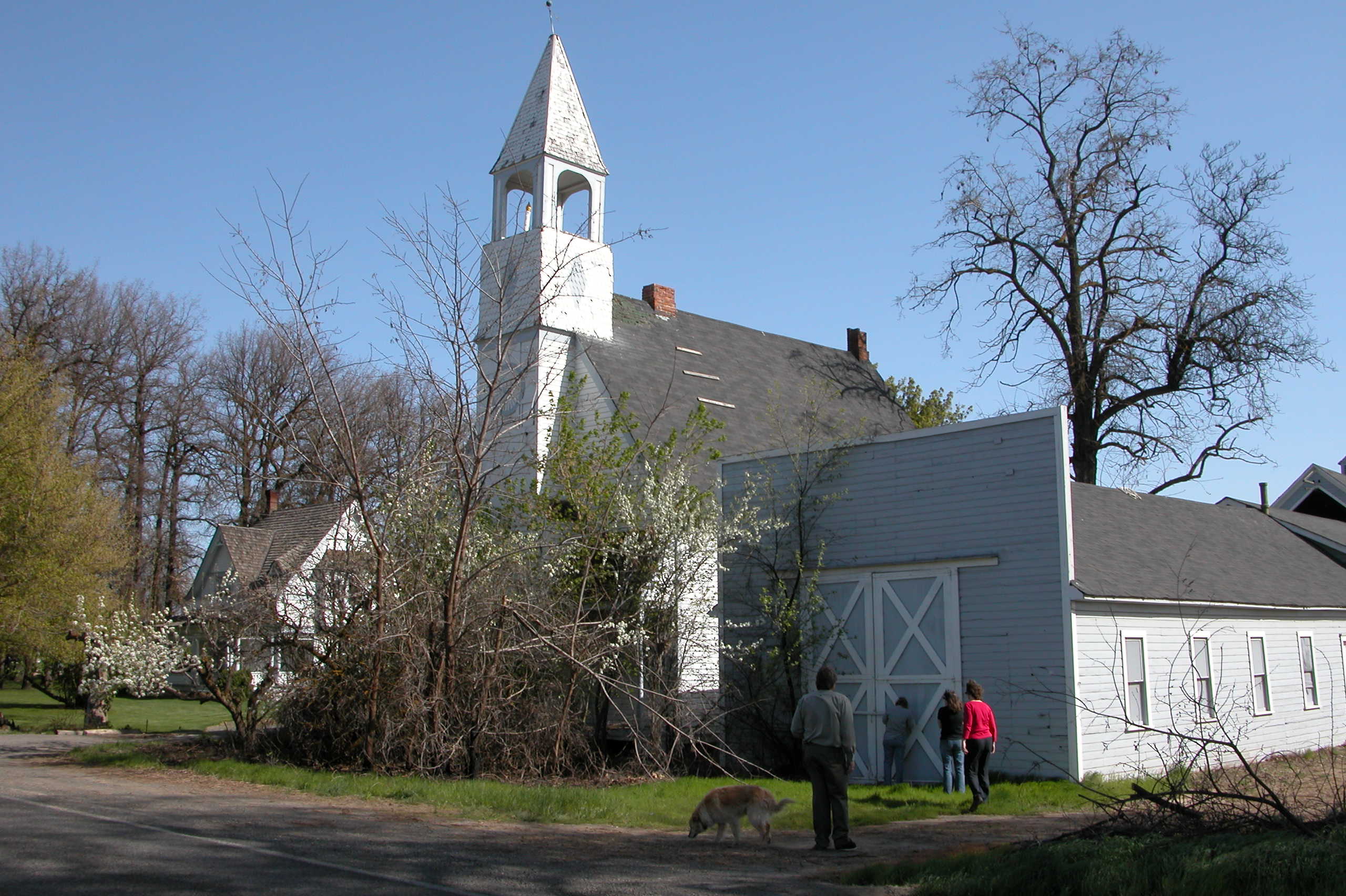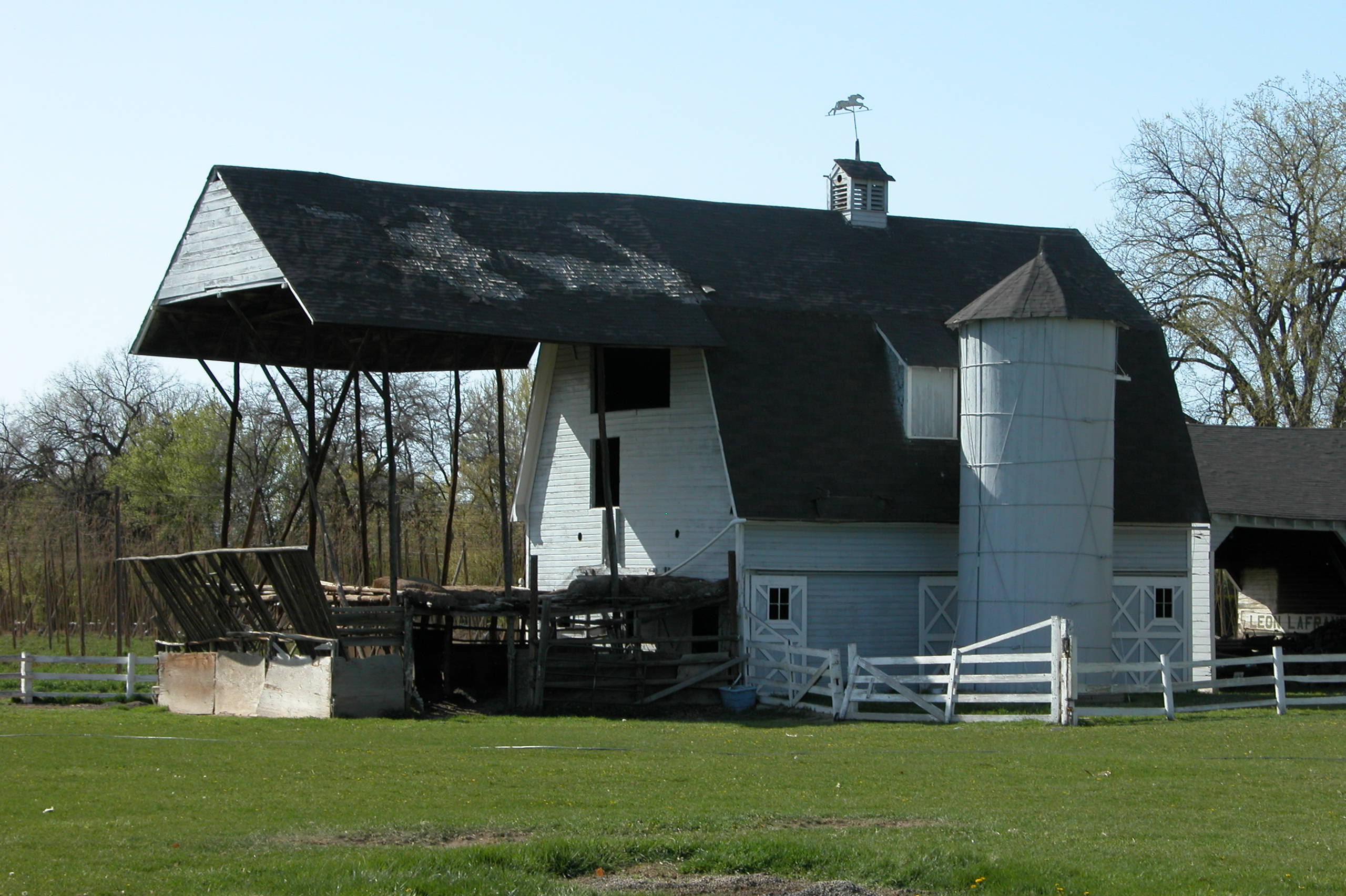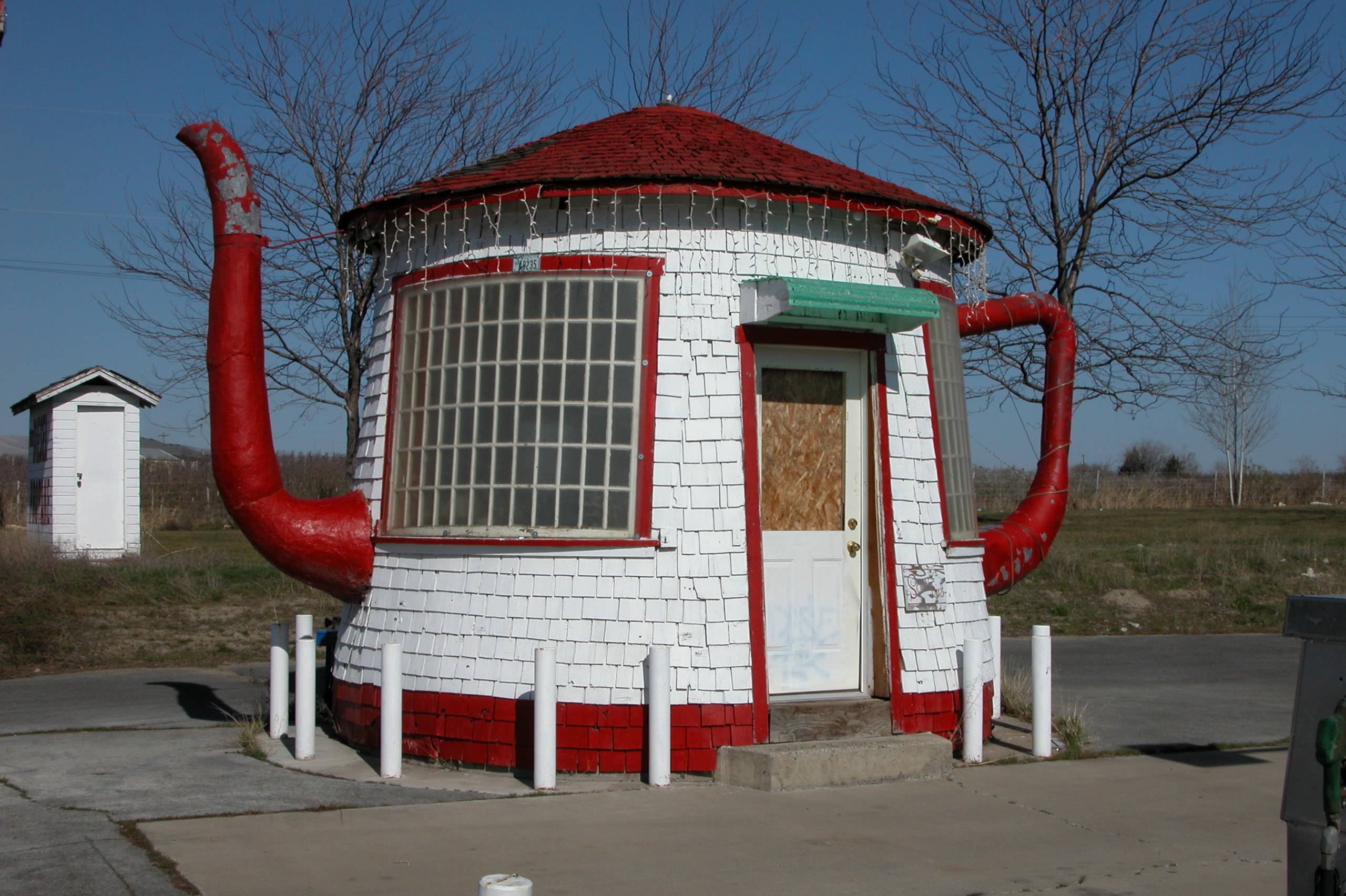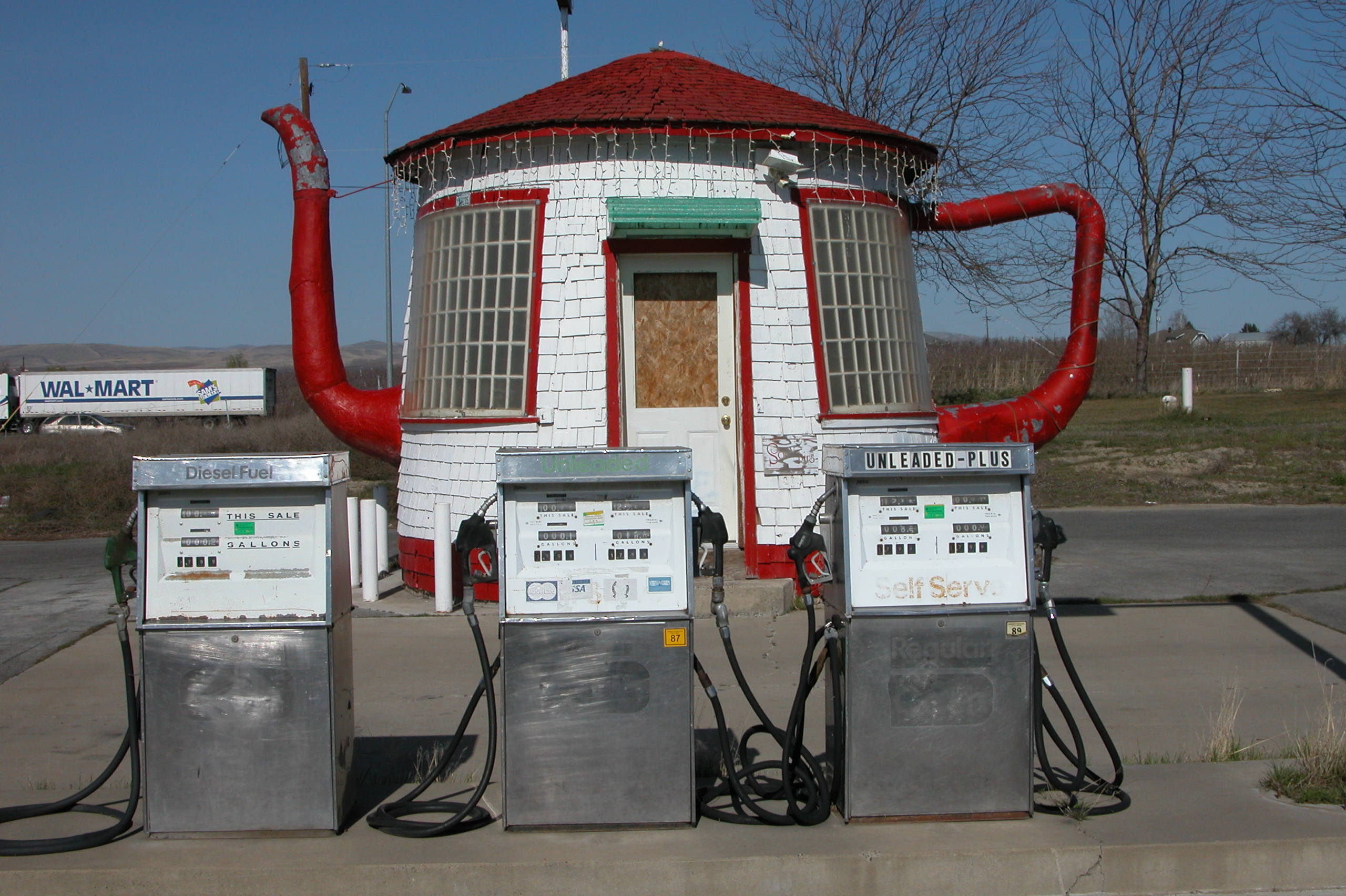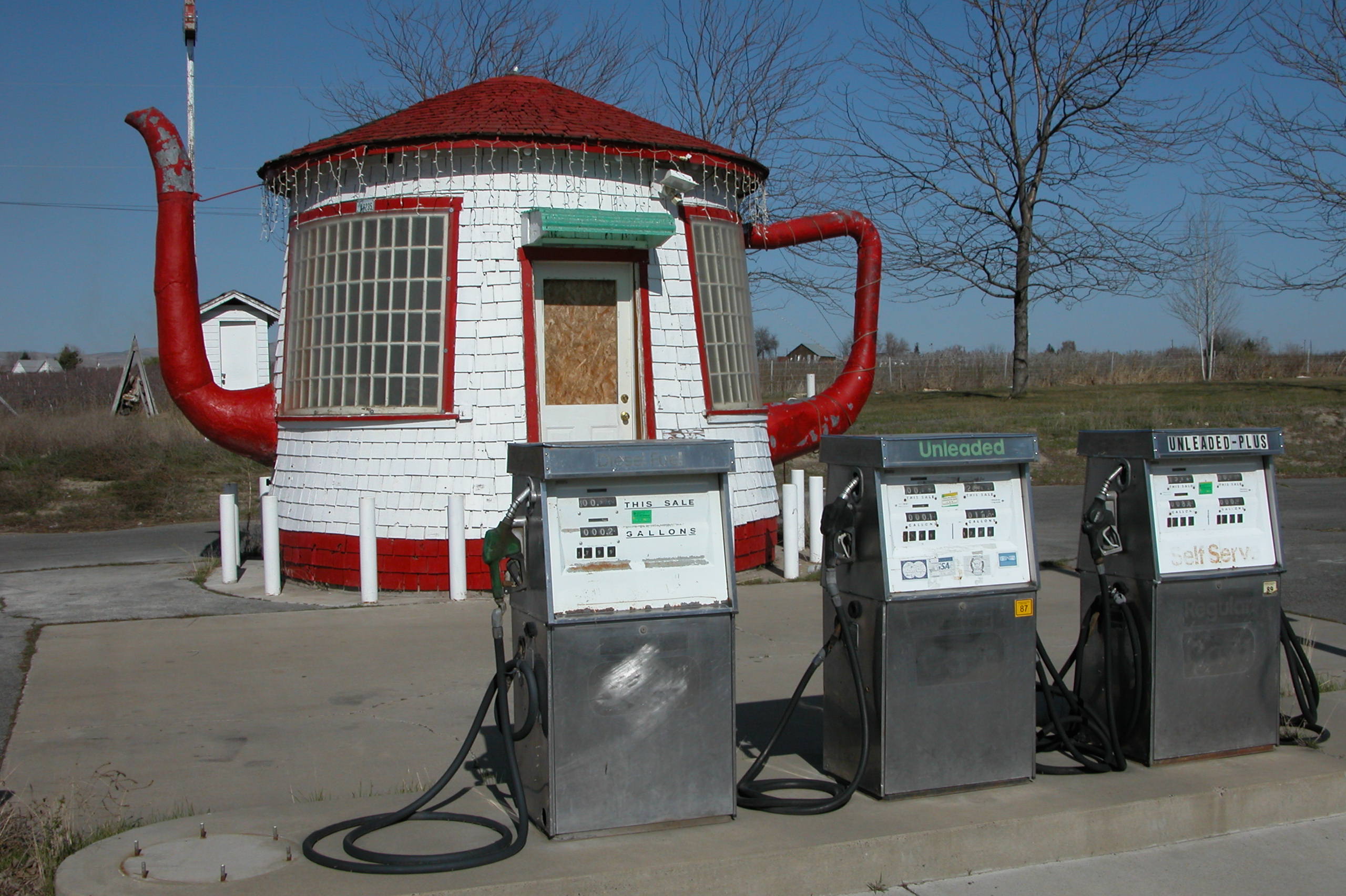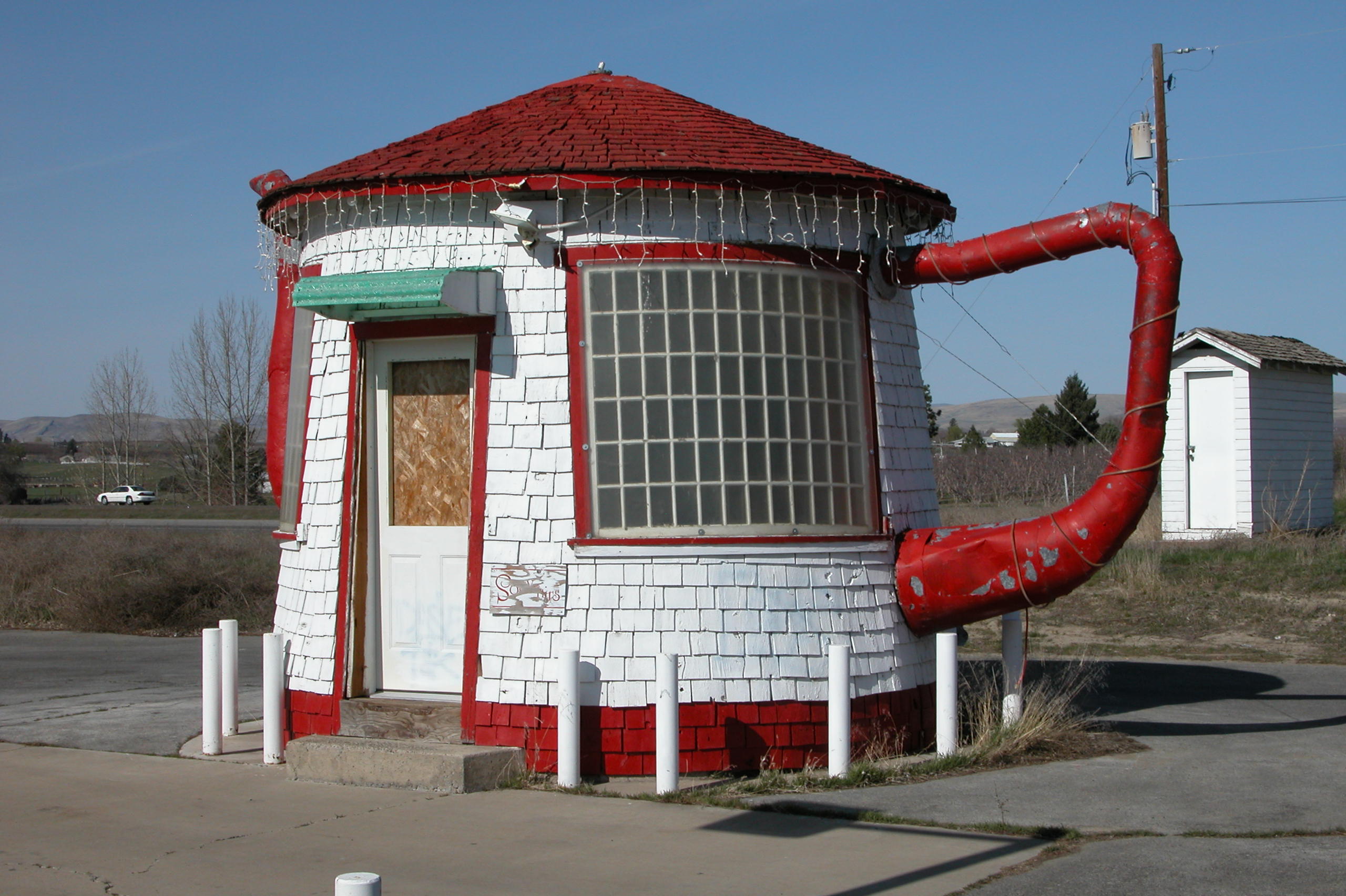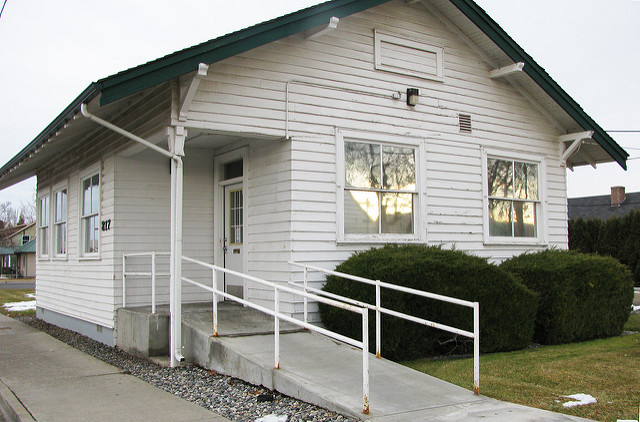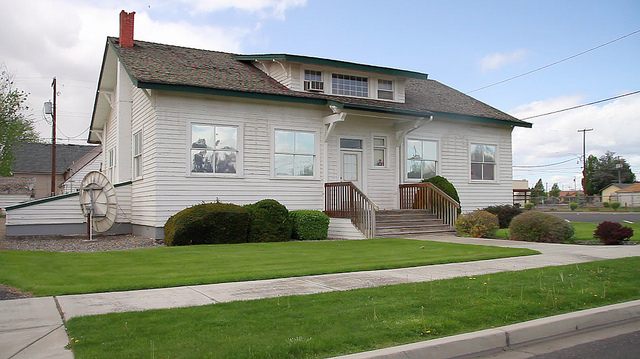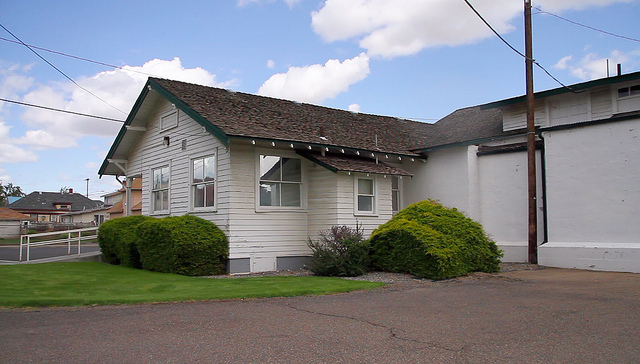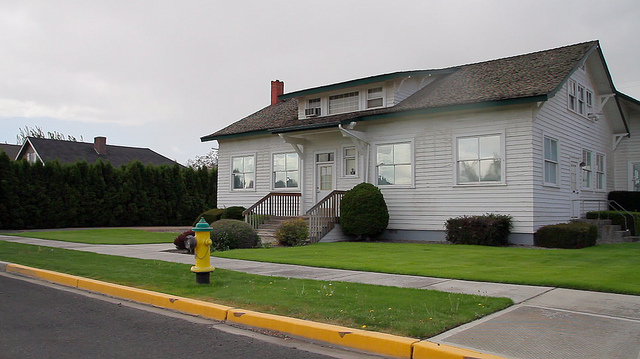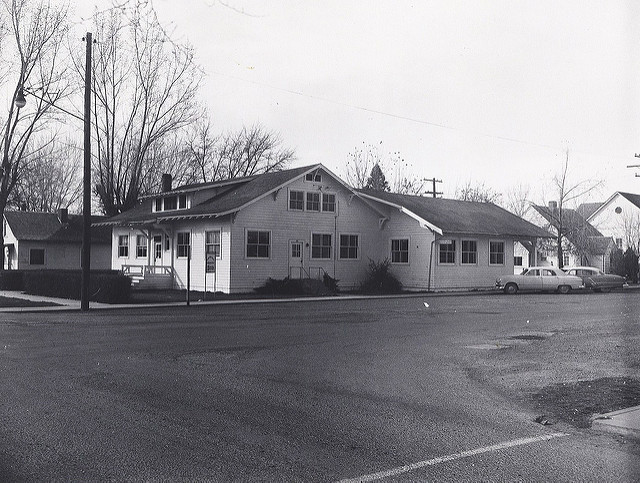Yakima Valley Transportation Lines
Status: Most Endangered Places
Year Listed: 1992, 2025
Location: Yakima Valley, Yakima County
UPDATE
May 2025: The Yakima Valley Trolleys have been added back to the list of Washington’s Most Endangered Places, after an original listing in 1992. This second listing comes as a result of the Yakima City Council’s current plans to rebuild 6th Avenue in downtown Yakima, which includes a section of the trolley tracks. One of the options under consideration include the removal of the trolley tracks, which would mean that trolley cars could no longer operate between Yakima and Selah.
On Tuesday, June 17, 2025, the Yakima City Council will make a final determination on the Yakima Valley Trolleys’ fate when they meet to decide upon the 6th Avenue design options to pursue moving forward. The Washington Trust joins community advocates and local organizations who have come out in support of preserving the trolley tracks, including the Greater Yakima Chamber of Commerce, Downtown Association of Yakima, Selah Downtown Association, Selah Chamber of Commerce, and Yakima Historic Preservation Commission.
In the late 19th and early 20th centuries, people were lured to Washington’s Yakima Valley to grow apples on orchards that promised to produce wealthy independence in “the home of the prize red apple.” Private and public irrigation projects created hundreds of thousands of acres of fruit, and by 1929, Yakima County had the largest number of bearing apple trees in all of Washington’s 39 counties and had become the statewide leader in apple production. Yakima County has ranked first in national apple production since 1930.
In order to get apples to market, the Yakima Valley Transportation Company (YVT) built a 48-mile-long electric interurban railroad between 1907-1913, stretching west of Yakima and north to Selah. In 1908, the railroad was bought out by the Oregon Railway and Navigation Company (now Union Pacific). Electric freight operations continued nonstop until 1985 when Union Pacific decided to abandon the YVT.
By that time, it was the last authentic turn-of-the-century interurban electric railroad in the United States still operating. After the railroad’s abandonment by Union Pacific, some of the YVT was donated to the City of Yakima, but elsewhere, some rail lines were removed, prompting the Washington Trust to sound the clarion call for its preservation. In 1989, the YVT was listed on the Washington Trust’s “10 Most Wanted” list, a precursor to our Most Endangered Places list. In 1992, the YVT was listed on the National Register of Historic Places, and in 1994, the late Les Tonkin, an architect and former Washington Trust board president, devised a total restoration plan for the YVT. This first Most Endangered list was declared a “save” when the historic belt-operated shop/carbarn, powerhouse substation, and five of the original 48 miles of track were saved, connecting the cities of Yakima and Selah, and the YVT was successfully in operation by the nonprofit Yakima Valley Trolleys.


